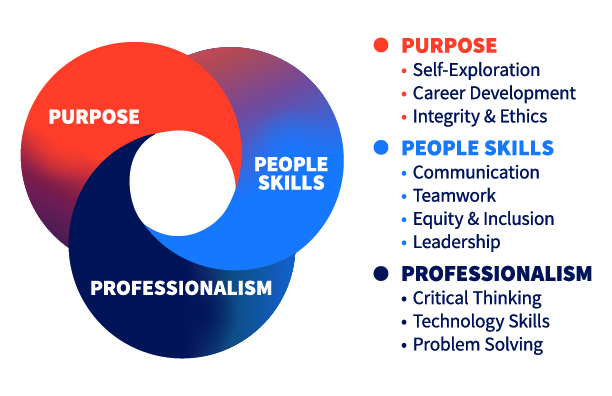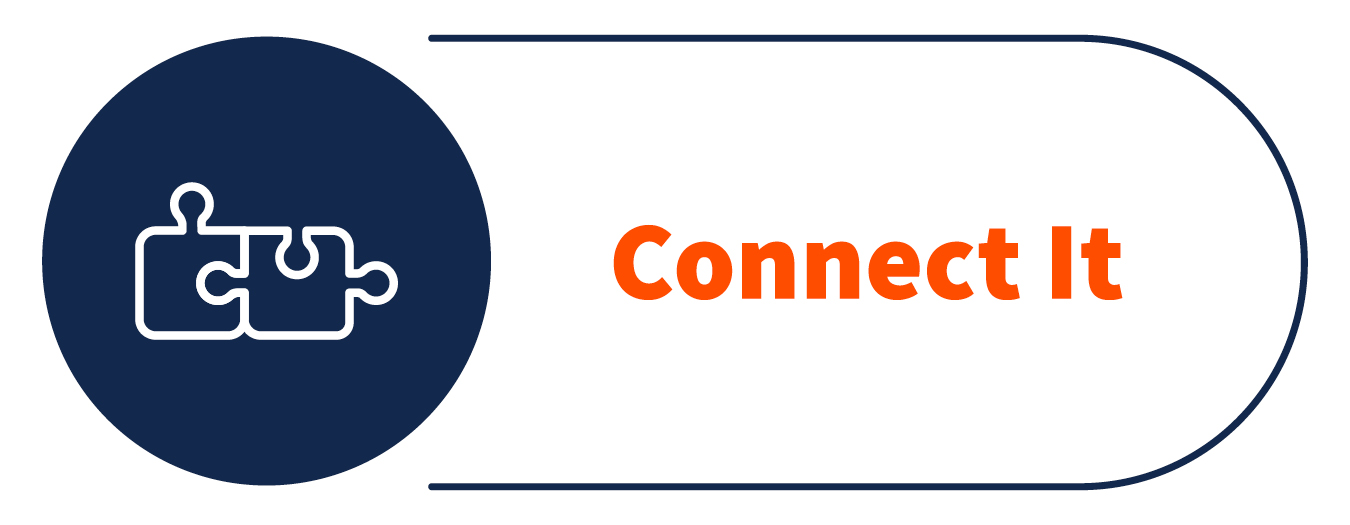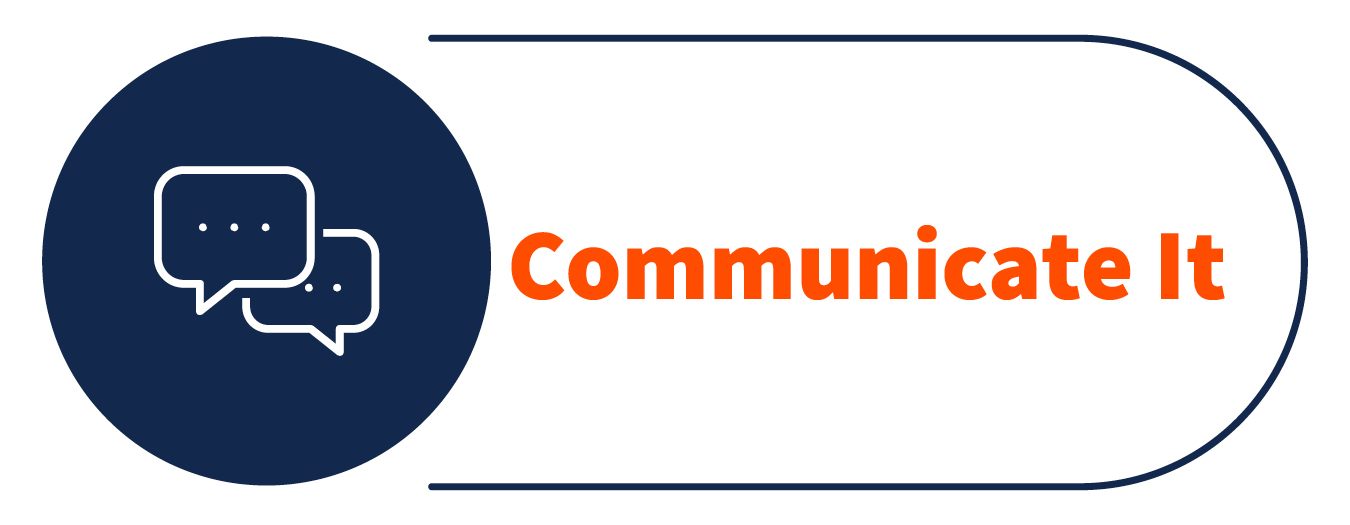Companies are increasingly moving to skills-based hiring, which favors hiring based on demonstrated competencies. It is therefore becoming more important for students to demonstrate and articulate skill attainment, both within the job search process and throughout their careers.
As a leader in business education, Gies Business has prioritized career readiness as an integral part of the learning experience. The Gies Professional Pathway framework was intentionally designed to integrate into our curriculum those core competencies that employers value most. These ten competencies prepare students for long-term success in a changeable and dynamic future.
By embedding the Gies Professional Pathway competencies throughout our curriculum, students connect their classroom experiences with career-readiness. Engaging students in a consistent conversation helps them become purposeful in building the skills for success in their careers – and to grow confident in articulating those skills to employers.

Competencies
The Gies Professional Pathway competencies were identified through research and extensive discussions with employers, faculty members, and national career and professional development organizations. These competencies were intentionally designed to equip students with relevant, transferable, and highly desirable skills. And, with the help of our faculty and staff, we can ensure every student develops these career competencies throughout their time at Gies Business.
Self-Exploration
Students will gain the ability to articulate strengths, weaknesses, values, interests, and identity. They will bring clarity to decision-making and learn how to explain skills and expertise to others. Sample behaviors:
- Show an awareness of strengths and areas for development.
- Identify areas for continual growth. Pursue and apply feedback.
- Display curiosity. Seek out opportunities to learn.
Career Development
Students will proactively develop a career through professional development learning. They discover how to navigate career opportunities and network to build relationships with classmates, faculty, and potential employers. Sample behaviors:
- Develop plans and goals for a future career.
- Professionally advocate for themselves and others.
- Assume duties or positions that help them progress professionally.
- Establish, maintain, and leverage relationships with people who can help professionally.
- Seek and embrace development opportunities.
- Voluntarily participate in further education, training, or other events to support their career.
Ethics & Integrity
Students will consciously and proactively identify their values. They will learn to make ethical decisions and practice professionally responsible decision-making. Sample behaviors:
- Explore and identify personal and professional values and how they align with potential employers, so they find a good fit.
- Recognize and understand ethical dilemmas in personal, professional, and organizational situations.
- Balance competing interests of stakeholders when making decisions. Persuasively communicate the decisions.
- Practice professionally responsible, ethical decision-making.
Communication
Students will clearly and effectively exchange information, ideas, facts, and perspectives within a company and outside an organization. Sample behaviors:
- Understand the importance of and demonstrate verbal, written, and nonverbal abilities.
- Use active listening, persuasion, and influencing skills.
- Communicate in a clear and organized manner so that others can easily understand ideas.
- Frame communication with respect to diversity of learning styles, individual abilities, and cultural differences.
- Ask appropriate questions for specific information from supervisors, specialists, and others.
- Promptly inform team members and supervisors when they need guidance with an assignment.
Teamwork
Students will build and maintain collaborative relationships to work effectively toward common goals. Appreciate diverse viewpoints and recognize shared responsibilities. Sample behaviors:
- Listen carefully to others, taking time to understand and ask appropriate questions without interrupting.
- Effectively manage conflict. Interact with and respect diverse personalities. Meet ambiguity with resilience.
- Be accountable for individual and team responsibilities and deliverables.
- Use personal strengths, knowledge, and talents to complement those of others.
- Be agile. Exercise the ability to compromise.
- Collaborate with others to achieve common goals.
- Build strong, positive working relationships with supervisors and coworkers.
- Maintain a positive personal brand that aligns their employer and personal career values.
Equity & Inclusion
Students will demonstrate the awareness, attitude, knowledge, and skills that equitably engage and include people from different local and global cultures. They will engage in anti-racist practices that actively challenge the systems, structures, and policies of racism. Sample behaviors:
- Solicit and use feedback from multiple cultural perspectives to make inclusive and equity-minded decisions.
- Actively contribute to inclusive and equitable practices that influence individual and systemic change.
- Advocate for inclusion, equitable practices, justice, and empowerment for historically marginalized communities.
- Seek global cross-cultural interactions and experiences that lead to personal growth. Enhance the understanding of people from different demographic groups.
- Keep an open mind to diverse ideas and new ways of thinking.
- Identify resources and eliminate barriers resulting from individual and systemic racism, inequities, and biases.
- Demonstrate flexibility by adapting to diverse environments.
- Address systems of privilege that limit opportunities for members of historically marginalized communities.
Leadership
Students will recognize and capitalize on personal and team strengths to achieve organizational goals. Sample behaviors:
- Inspire, persuade, and motivate themselves and others under a shared vision.
- Seek out and leverage diverse resources and feedback to inform a project’s direction.
- Think innovatively – go beyond traditional methods.
- Be a role model to others by approaching tasks with confidence and a positive attitude.
- Motivate and inspire others. Encourage others and build mutual trust.
- Plan, initiate, manage, complete, and evaluate projects.
Critical Thinking
Students will identify and respond efficiently to the needs of others. They will understand the situational context and logically analyze relevant information. Sample behaviors:
- Make decisions using sound, inclusive reasoning and judgment.
- Proactively anticipate needs and prioritize action steps.
- Accurately summarize and interpret data. Be aware of personal biases that may impact outcomes.
- Effectively communicate actions and the rationale behind them. Recognize diverse perspectives and stakeholder experiences.
Technology
Students will understand and ethically leverage technologies that enhance efficiency, complete tasks, and accomplish goals. Sample behaviors:
- Navigate change and be open to learning new technologies.
- Use technology to improve efficiency and productivity.
- Identify the appropriate technology for completing specific tasks.
- Manage technology to integrate information. Use it to support relevant, effective, and timely decision-making.
- Quickly adapt to new or unfamiliar technologies.
- Use technology to analyze information, construct ideas, and achieve strategic goals.
Problem Solving
Students will find solutions to difficult or unexpected situations. They will resolve complex business challenges. Sample behaviors:
- Use an effective framework to define a problem, plan a process, gather information, consider alternatives, and evaluate solutions.
- Apply sound, inclusive reasoning, judgment, and integrity.
- To fully understand a problem, include information from a diverse set of sources and people.
- Implement a solution and assess its effectiveness.
How We Introduce Students to the Gies Professional Pathway
Classroom Integration
Gies faculty and staff are an integral part of the Gies Professional Pathway. Supporting our students in developing the skills and competencies to prepare them for successful careers is vital. Integration into coursework is key to the success of Gies Professional Pathways. It’s how students connect what they’re learning in the classroom into tangible skills they can articulate to employers and use throughout their careers.
We encourage you to connect with us to learn how GPP can be integrated into your coursework.
Capture it. Connect it. Communicate it.
As students develop these competencies in their classes, instructors can embed valuable opportunities for reflection on skill development. We’ve created the capture, connect, and communicate process to assist in this. It guides them through key learning objectives and incentivizes them to record and reflect on their coursework and high impact activities, such as internships, research, community service, study abroad, and more. This transparency encourages self-evaluation and increases their academic confidence.

Learn it, show it, & then document the skills students have gained & experiences they have had.

Reflect on the impact of these competencies and translate how these competencies are of value to the students and potential employers.

Convincingly articulate to recruiters students' experiences as tangible, specific evidence of the skills they have developed.
Faculty Resources
Developing a shared understanding, language, and iconography for career competencies across Gies will support students in making the connection between the knowledge they’ve gained in courses and how it translates to career readiness. Students need multiple opportunities to practice and, importantly, to reflect on their growing competencies. Instructors can provide metacognitive and reflective activities to help students articulate how they have developed career competencies and identify which competencies they want to continue to develop.
We encourage instructors to download the Gies Professional Pathway resources and use them in assignments, syllabi, and slides.
- GPP Competency Details
- Syllabus template
- Course reflection worksheet
- PowerPoint Slides
- GPP Images and icons
- Reflection images
Teaching Assistant and Student Employee Resources for Faculty
Hiring a student worker or teaching assistant? The Student Supervisor Toolkit is a resource to support units in the search, management, and evaluation of student workers. The toolkit builds on the development of professional competencies that employers seek most, helping the student connect their work to skills they can put on their resume and discuss in an interview for a full-time position.

